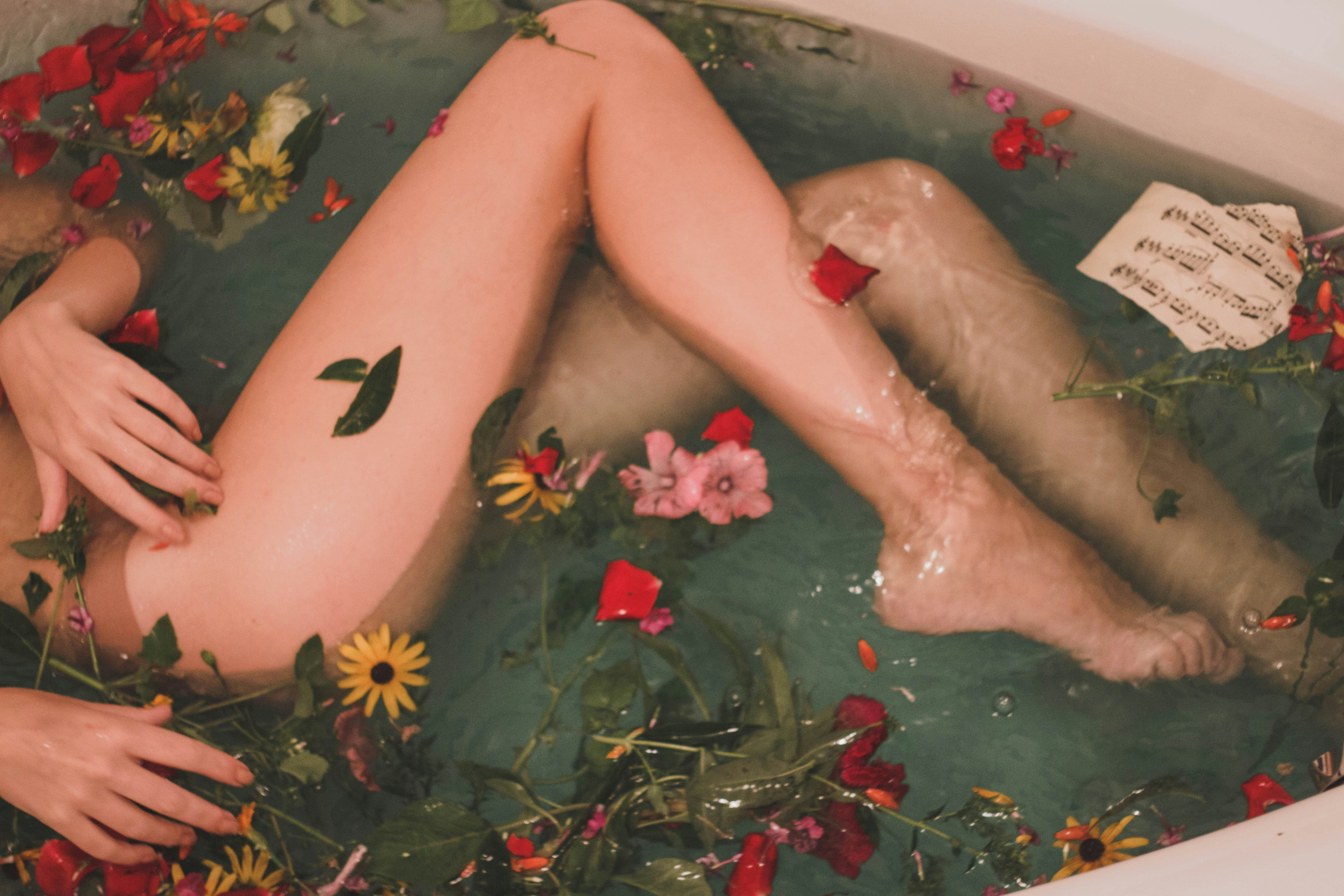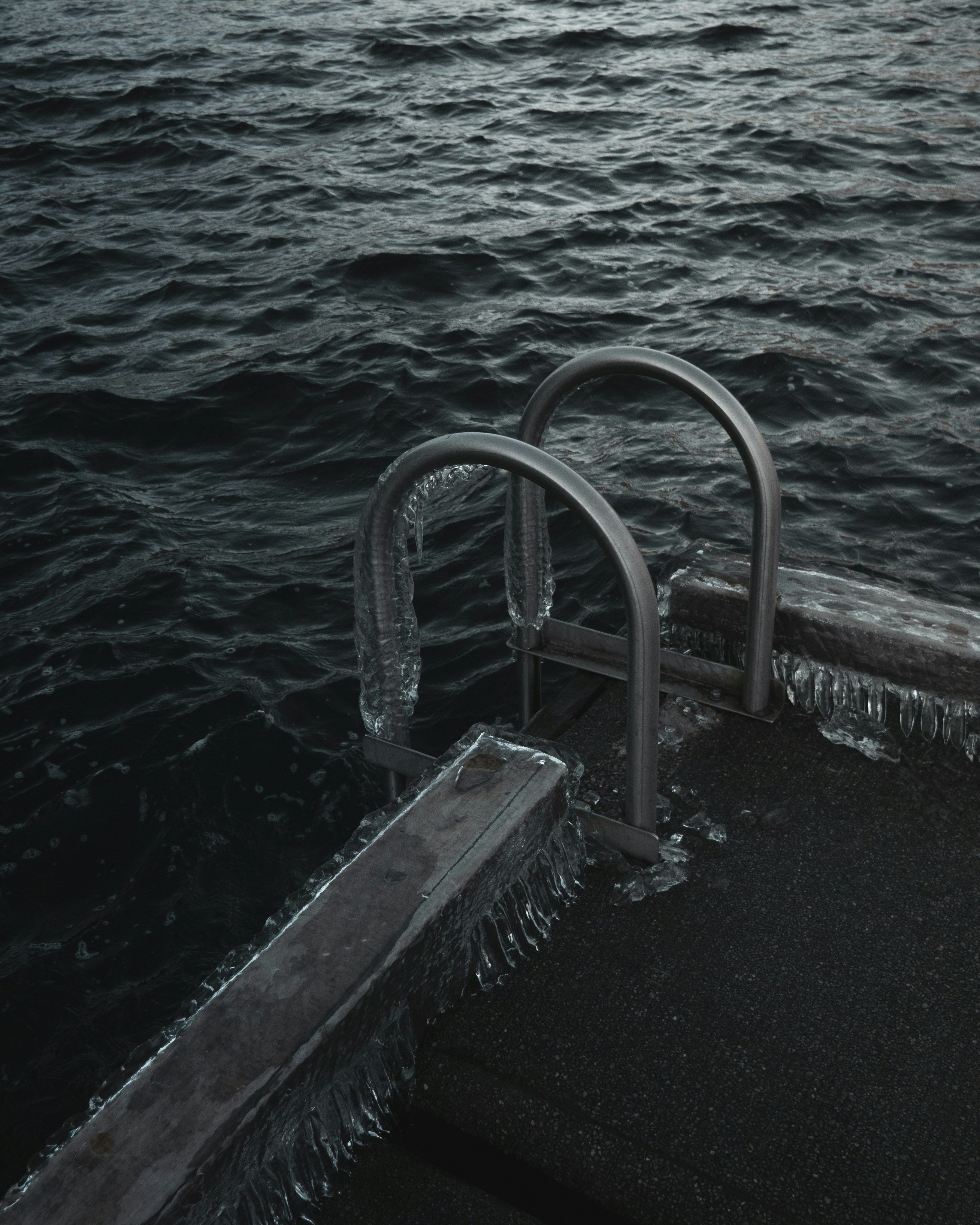Have you ever wondered how something as simple as taking a plunge into cold water could transform your physical resilience? It’s a concept that might sound intimidating at first, but many have started to embrace the power behind cold plunge therapy. It’s not just about braving the cold—it’s about experiencing a holistic therapy that could enhance your health and wellbeing in fascinating ways.
Understanding Cold Plunge Therapy
Cold plunge therapy, sometimes called cold immersion therapy, involves immersing your body in colder-than-comfortable water for a brief period. This practice is enjoying a surge in popularity thanks to the potential health benefits it promises. But beyond the surface-level shock factor, what exactly makes this therapy a valuable addition to your wellness routine?
A Brief History of Cold Plunge Therapy
The use of cold water for healing dates back centuries, practiced by diverse cultures around the world. The ancient Romans, for instance, incorporated frigidarium pools in their bathhouses, believing in the fortifying effects of cold water. Fast forward to today’s wellness landscape, and you find high-performance athletes, health enthusiasts, and even casual fitness folks indulging in this chilly ritual.
The Science Behind Cold Exposure
When your body meets cold water, a fascinating change occurs. Cold immersion stimulates your body to react in protective and strengthening ways. It triggers vasoconstriction—the narrowing of blood vessels—which helps to preserve body heat and prioritize blood flow to vital organs. As soon as you step out, your body warms up, prompting vasodilation, which helps in flushing out metabolic waste.
Benefits of Cold Plunge Therapy
When the initial shock subsides, you begin to appreciate the suite of benefits this brisk dip provides. These benefits aren’t merely anecdotal; research continues to uncover how a few minutes of discomfort could offer your body a jackpot of rewards.
Enhancing Physical Resilience and Recovery
Cold plunge therapy helps alleviate muscle soreness and accelerates recovery post-exercise. The cooling effect constricts blood vessels and reduces swelling, akin to applying an ice pack to an injury—but to your entire body. For athletes, this often translates to less downtime between training sessions.
Boosting Mental Fortitude
It’s not just physical resilience that gets a boost; your mental toughness receives a handsome payoff as well. The act of enduring cold prompts your brain to release a surge of endorphins. These “feel-good” chemicals can elevate your mood, reduce stress levels, and build emotional resilience over time.
Revving Up Your Metabolism
Your body works overtime to maintain its core temperature while submerged in cold water, thus burning extra calories. It’s like your inner furnace cranking up the heat in response to a cold forecast. For those managing body weight, this metabolic uptick is an appealing bonus.
Potential Drawbacks and Precautions
Cold plunge therapy isn’t without its challenges and considerations. It’s crucial to approach this practice with an informed mindset, acknowledging that discomfort and acclimatization play a significant role.
Understanding Your Limits
Beginners might find the therapy uncomfortable, and that’s perfectly normal. The key is consistency and gradually increasing duration and intensity. Consulting with a healthcare provider, especially if you have cardiovascular concerns or other health issues, is always a good first step before plunging into this practice.
Recognizing Contraindications
Certain medical conditions could make cold plunge therapy risky. If you suffer from heart problems, hypertension, or have experienced a stroke, immersing your body in cold water may not be advisable. Always prioritize safety and observe how your body reacts.
Practical Steps for Starting Cold Plunge Therapy
Excited to try it yourself? It’s easier than you might think to incorporate cold immersion into your routine. Let’s walk through how you can start your cold plunge journey with confidence.
Setting Up at Home
Creating a cold plunge setup at home is feasible, whether you’re opting for a simple bathtub approach or investing in specialized equipment. Fill your bathtub with cold water and add in ice to reach your desired temperature. The right water temperature typically hovers around 50-60°F (10-15°C).
Diving In: What to Expect
Start small—consider a short dip of 1-2 minutes, and gradually increase as your tolerance improves. Expect a sharp intake of breath and an adrenaline spike at first, but over time, these reactions will mellow. Breathing exercises and mindfulness practices can enhance your experience, transforming something initially shocking into a meditative ritual.
Comparing Cold Plunge to Other Therapies
So how does cold plunge therapy stack up against other wellness methods that aim to boost physical resilience?
| Aspect | Cold Plunge Therapy | Sauna Therapy | Contrast Therapy |
|---|---|---|---|
| Temperature | 50-60°F (10-15°C) | 150-195°F (65-90°C) | Alternating hot/cold |
| Duration | 1-10 minutes | 15-30 minutes | 3-4 cycles, 20-30 min |
| Primary Benefits | Muscle recovery, mood | Detoxification, relaxation | Enhanced circulation |
Each therapy has its unique set of benefits, and your choice depends on personal preference and specific health goals. Some enthusiasts find combining cold immersion with sauna sessions—known as contrast therapy—offers a balanced approach, maximally leveraging the assets of both.
Building a Consistent Practice
The true power of cold plunge therapy lies in consistency. But how can you integrate these invigorating dips into your regular schedule without overwhelming yourself?
Tips for a Sustainable Routine
-
Frequency: Start with two or three sessions a week and slowly increase based on your comfort and results.
-
Listen to Your Body: Tune into how your body feels post-plunge. Tiredness or long-lasting chills may signal that you need to reduce duration or frequency.
-
Incorporate Tracking: Document your sessions and outcomes to better understand your body’s reactions and improvements.
Making it a Social Experience
Joining groups or communities that engage in cold plunge therapy can add excitement and accountability to your practice. Sharing your experiences and tips with others creates a supportive network that makes the cold a little less intimidating.

Harnessing the Transformative Power
At its core, cold plunge therapy is not just a physical act—it’s a mental and emotional journey too. When you harness the transformative power of braving the cold, you aren’t just pursuing physical resilience but embracing an enriching personal growth process. How rewarding it is to discover that, within moments of discomfort, lies a wealth of benefits you might have never imagined!
With each plunge, you reaffirm your commitment to health and wellness, embracing both the comfort of warmth and the rejuvenating challenge of cold, equipping yourself with the resilience to face not only the natural temperatures but life’s myriad of challenges as well.




